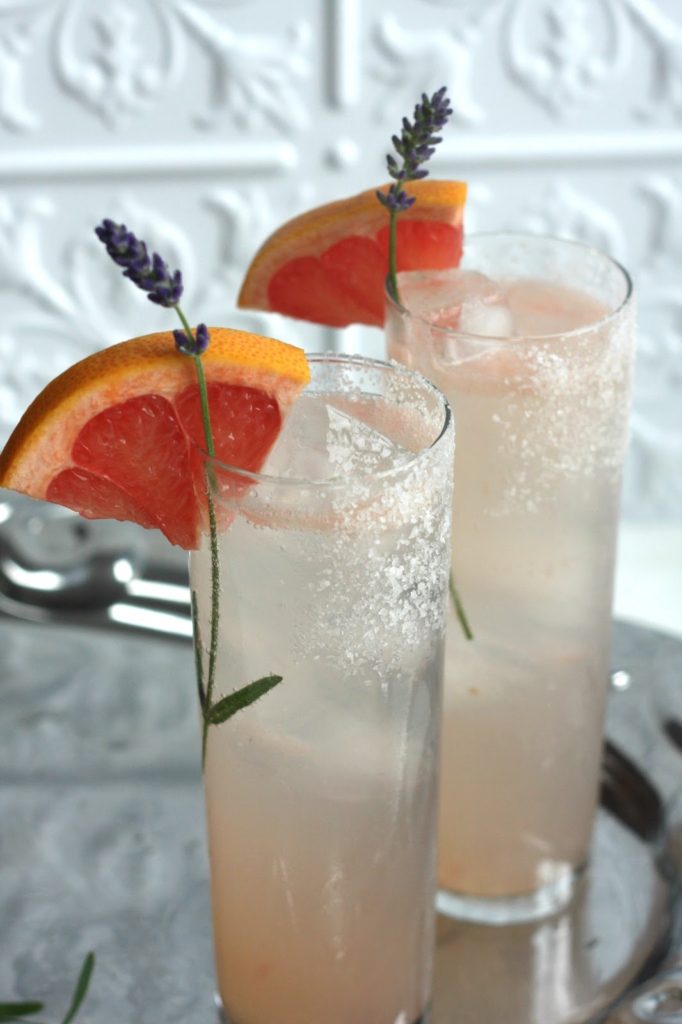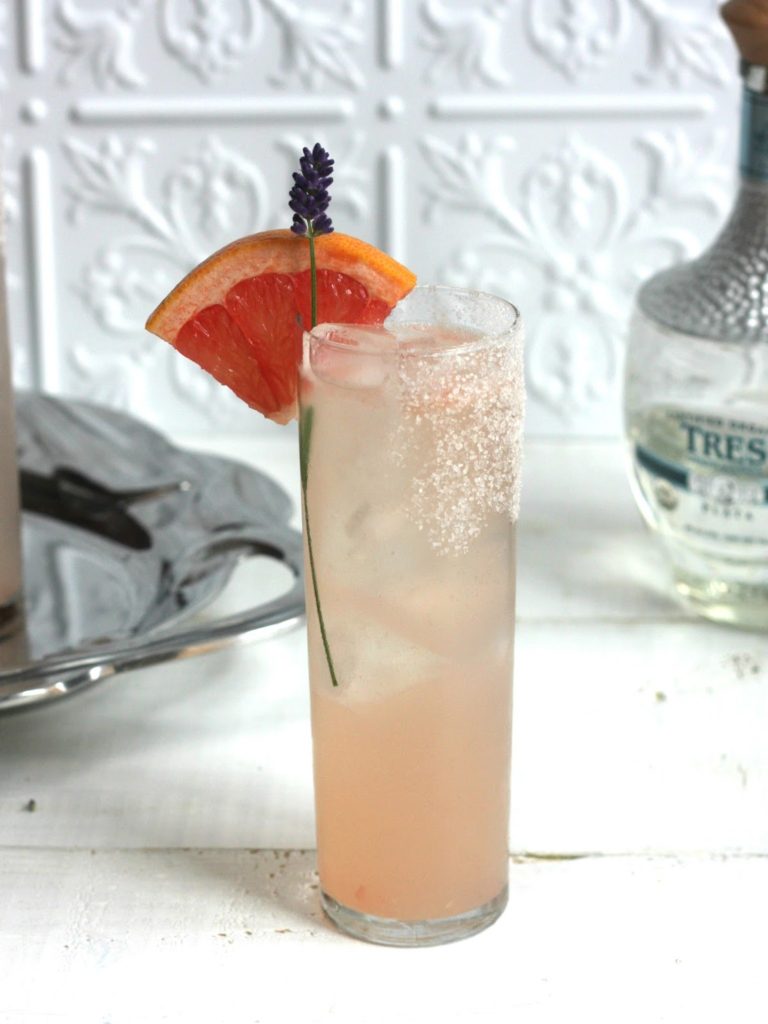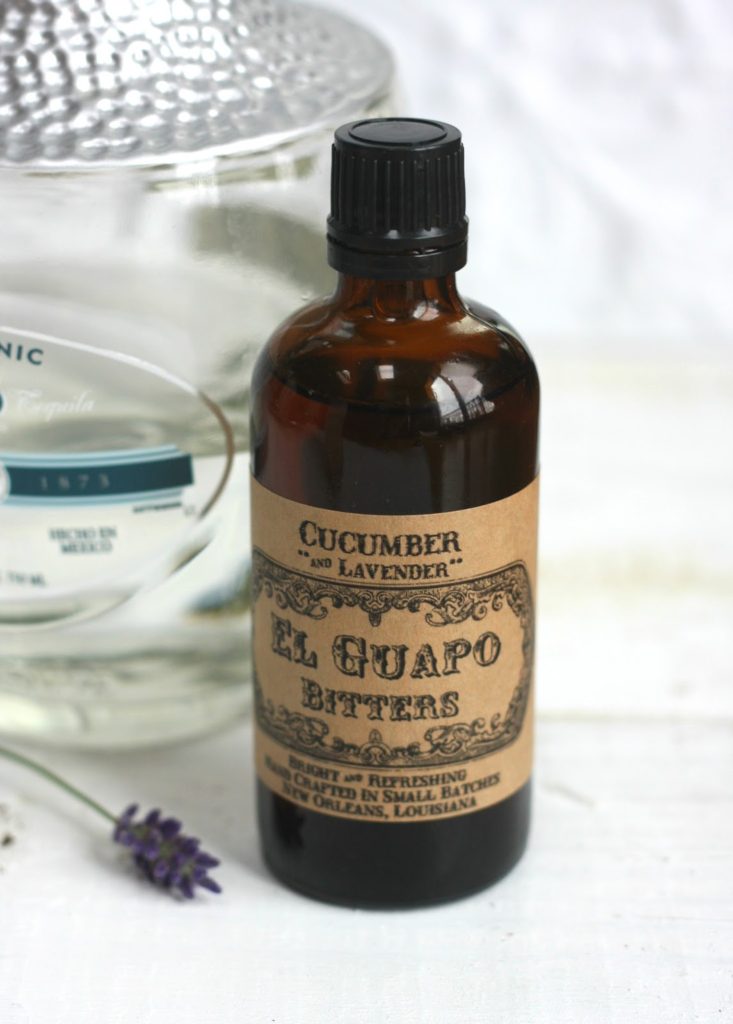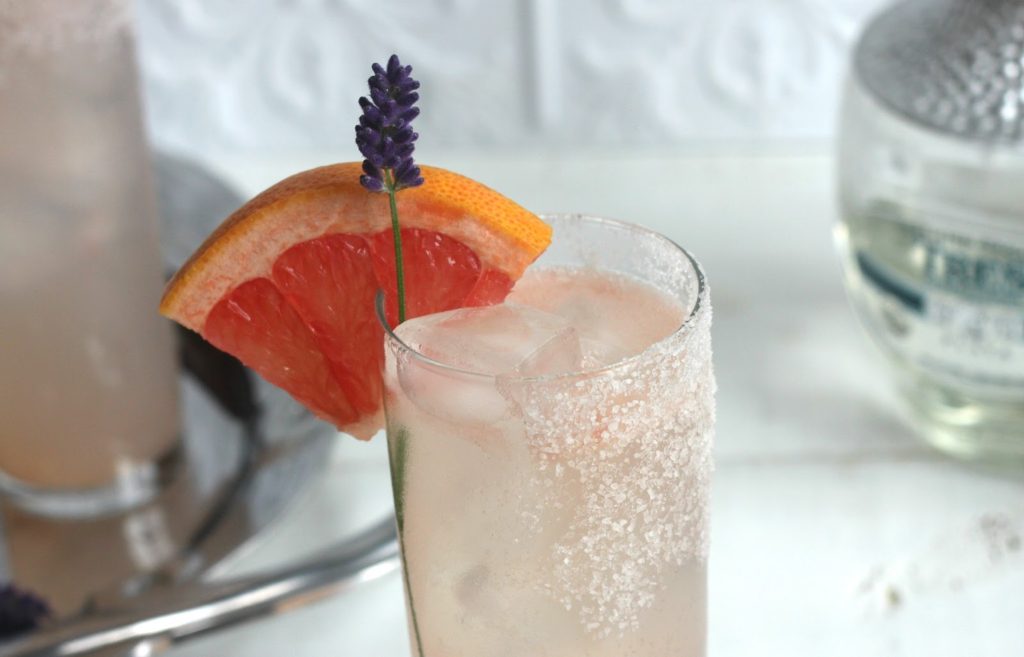Happy New Year, everybody! I hope you had a fun weekend ringing in 2017. I really like New Year’s, because I love the idea that a new year can be a fresh start. Sure most of us will give up on our resolutions by late January, but that’s no reason not to try.
The one downside about New Year’s is how it falls right after Christmas and marks the end of the holiday season. For me that means leaving good times with friends and family in warm Louisiana and returning to work in cold, snowy Boston. It can be a bit of a bummer. So it’s nice to have an evening to toast to hopes and dreams and a better you. It’s very motivating (once the hangover subsides).
While I was back in Louisiana, I talked a lot about cocktails and the blog with my family. My parents are loyal readers (hi, Mom!) but they lamented the fact that they can’t make a lot of the recipes I post here because they’re missing ingredients. I believe their exact words were “We don’t have any of those weird bitters or anything.”
It is a little crazy to see how far the blog has come in this regard. When I started a little over a year and a half ago, St. Germain and Campari were the most exotic things in my bar, and all of my early recipes use very basic ingredients. But as my bar has grown, the cocktails I make have admittedly become a bit more elaborate, and perhaps less accessible. But a great cocktail definitely doesn’t need to have exotic liqueurs or unusual bitters – the classics are often the best. And you can always add a dash of something special if you have it.
That was my philosophy with the Paloma. This classic cocktail has a very simple recipe: tequila, grapefruit juice, lime juice, simple syrup, and club soda. You can definitely make a Paloma. And if I decided to spice mine up a little with some El Guapo Cucumber and Lavender Bitters, well… that’s my prerogative. 😉 It’s a nice touch but it’s far from necessary.
I really like these bitters (and not just because they’re made in New Orleans)! They taste light and fresh. They would work really well in a lot of classic citrusy cocktails: a Gimlet, a Gin & Tonic, even a Martini. El Guapo recommends using them in a Pimm’s Cup, which I’ve definitely got to try. And they’re great in this Paloma.
The Paloma might not seem like the most appropriate drink for early January, but I actually love reaching for something summery this time of year, just to remind myself that this cold, grey weather isn’t permanent. And the Paloma fits the bill perfectly. It’s incredibly refreshing – tart, a little bitter, and pleasantly fizzy. You’ll wonder why you’ve never made one before.
Indeed, the Paloma doesn’t show up on too many menus in the U.S. We like to drink our Margaritas and pretend we’re sipping a little slice of Mexican culture, but in truth the Margarita is far more popular in the States than it is in Mexico. The Paloma, on the other hand, is apparently quite popular south of the border. It’s traditionally made with tequila, lime, and grapefruit soda such as Jarritos or Squirt. Lacking that, grapefruit juice, simple syrup, and club soda will do the trick.
History: As with many of the real classics, the origins of the Paloma are shrouded in mystery. La Paloma means “the dove,” and the cocktail may have been named for a popular folk song of the same name from the 1860’s. It’s about a man who leaves the woman he loves behind in Havana. The refrain goes:
Si a tu ventana llaga una paloma
Tratala con carino, que es mi persona
Cuentale tus amores bien de mi vida
Coronala de flores, que es cosa mia
Which translates to:
If a dove comes to your window
Treat it with loving care, for it is me.
Tell it your love affairs, my darling,
And crown it with flowers, for it is mine.
There’s a tragic link between this song and another cocktail I’ve featured, the Maximillian Affair. Maximillian Ferdinand, an Austrian, was made Emperor of Mexico following France’s invasion of the country in the 1860’s. He ruled for only four years before the Mexican people won back their independence and deposed him. Maximillian asked to hear La Paloma before he was executed – possibly because it was a favorite of his beloved wife, Empress Carlota, whom he had sent back to Europe.
The cocktail itself came long after all of this, but no one knows precisely when or where it was invented. It’s often speculated that it was created by legendary bartender Don Javier Delgado Corona at La Capilla in the town of Tequila. Don Javier is known for creating the Batanga, a mixture of tequila, lime, and Coca-Cola. Now 93 years old, he is still tending bar at La Capilla and stirring Batangas with the same trusty knife. But recent articles on him make no mention of the Paloma. Another oft-mentioned fact is that the recipe first appeared in print – and was brought to America – in a pamphlet by a bartender named Evan Harrison called “Popular Cocktails of the Rio Grande,” but I can’t really find much of a source for this, much less a copy of the pamphlet. If anyone has more information on the Paloma’s foggy origins, I’d love to hear it!
Paloma
2 oz. tequila blanco
2 oz. pink grapefruit juice
1/2 oz. lime juice
1/4-1/2 oz. simple syrup
1 dash Cucumber Lavender bitters (optional)
2 oz. club soda
Prepare a Collins glass or rocks glass by rubbing a wedge of lime or grapefruit on the outside and rolling the glass in salt. Fill the glass with ice. Combine tequila, grapefruit juice, lime juice, simple syrup, and bitters in a shaker with ice. Shake until chilled. Strain into the prepared glass and top with club soda. Garnish with a grapefruit wedge and a sprig of lavender. Sip it while listening to this.
Recipe adapted from Epicurious.












Oh hi I love the Paloma. Near perfect drink. I've been known to roll up to summer BBQs with a bottle of tequila and a bunch of Izze Grapefruit soda.